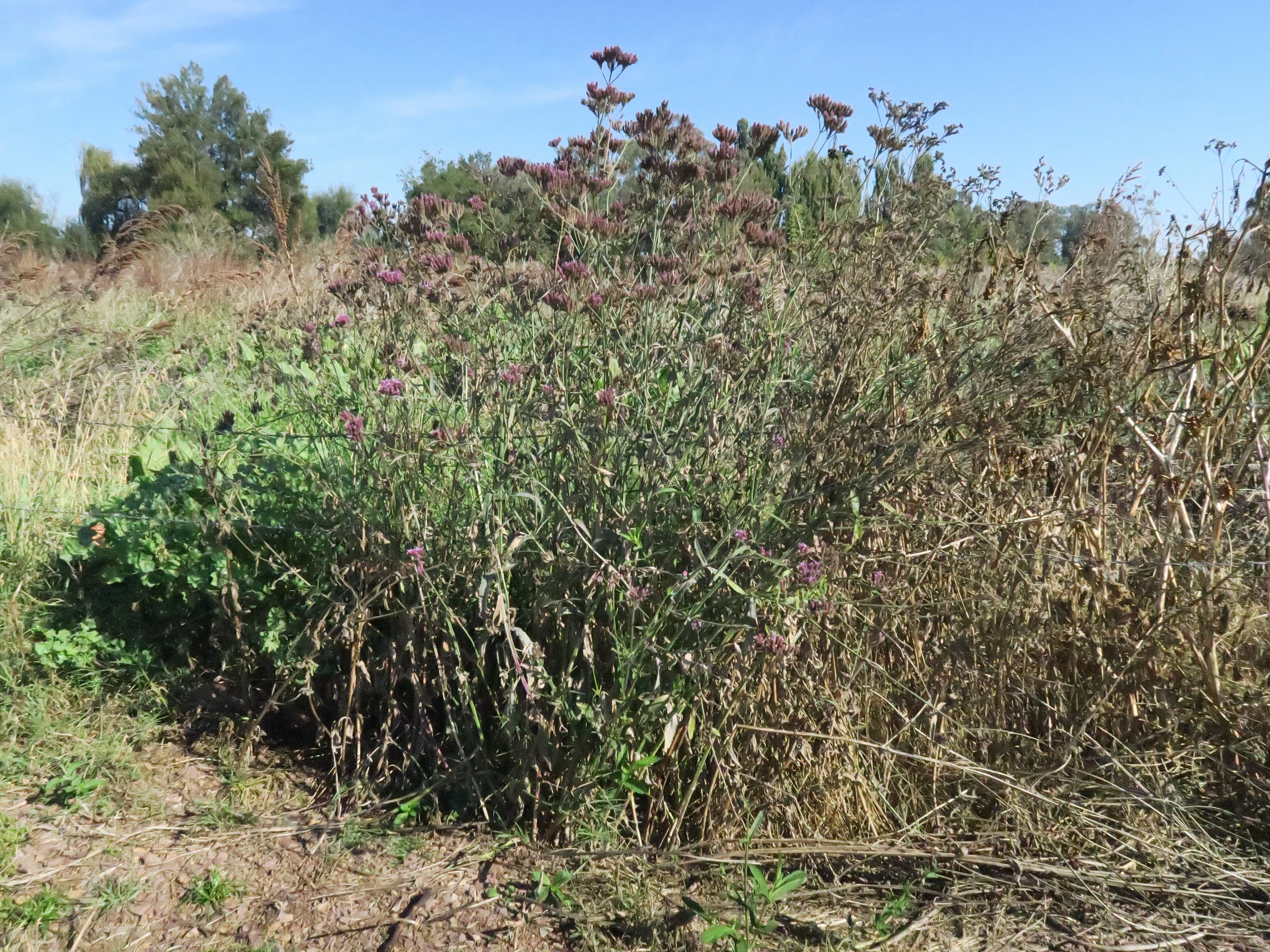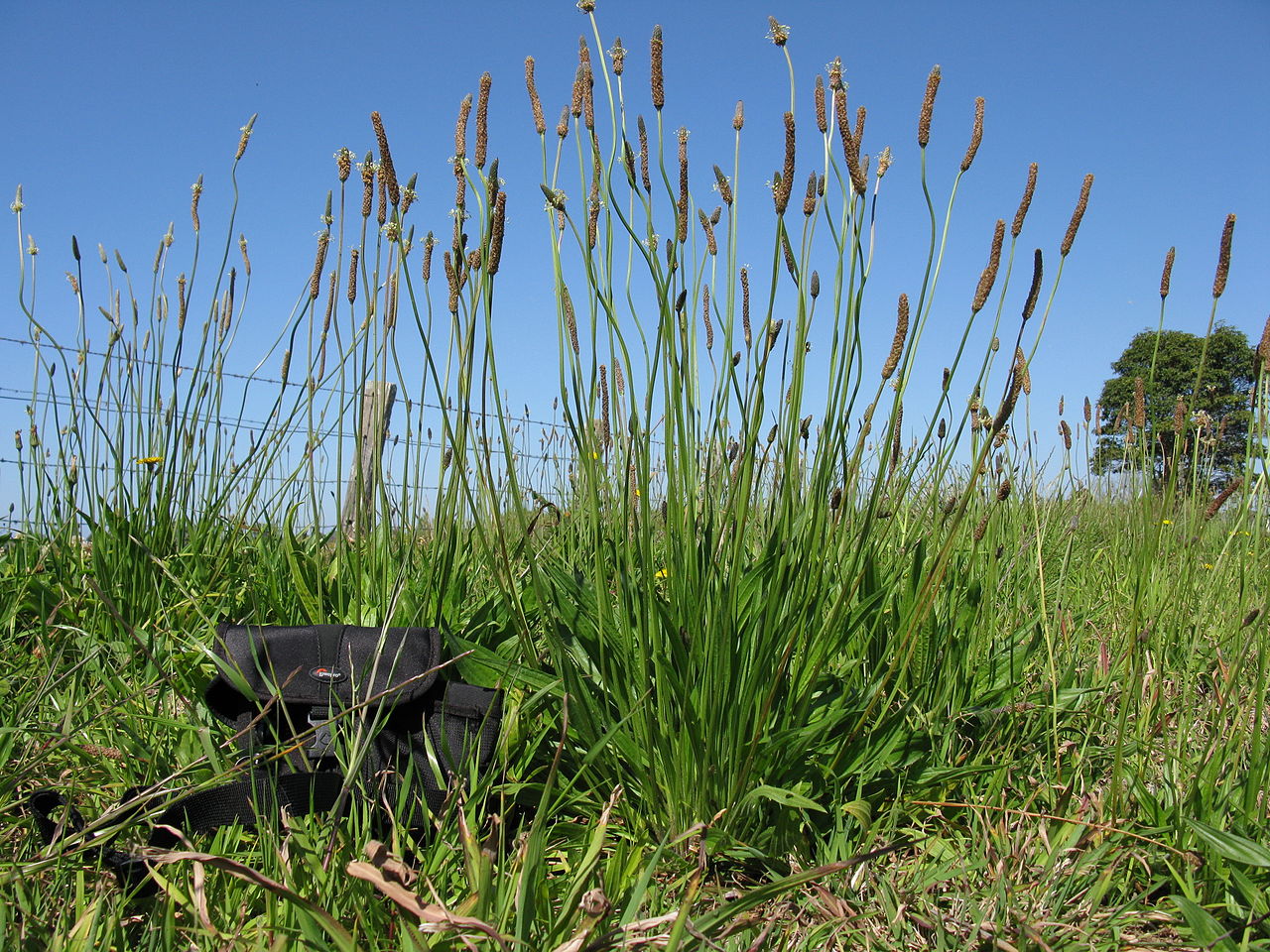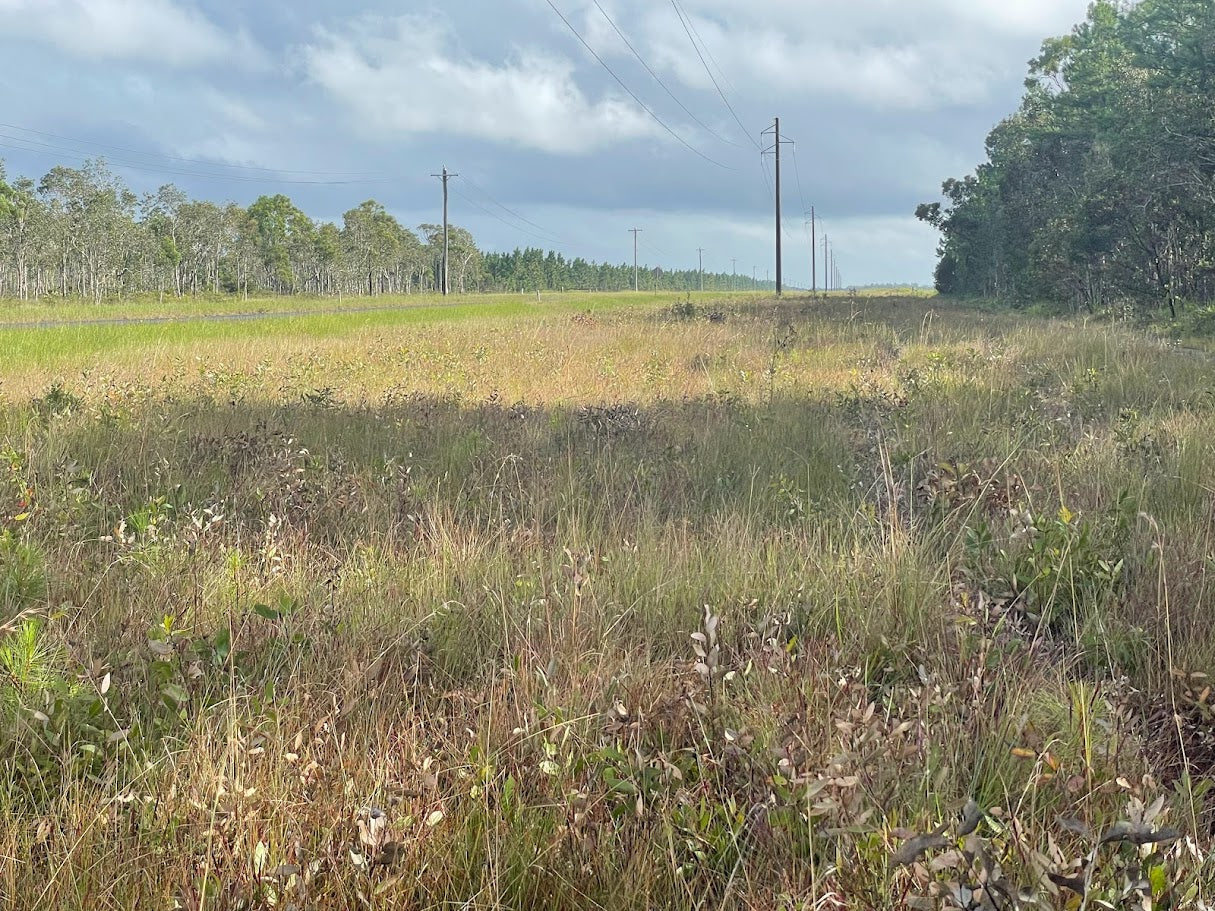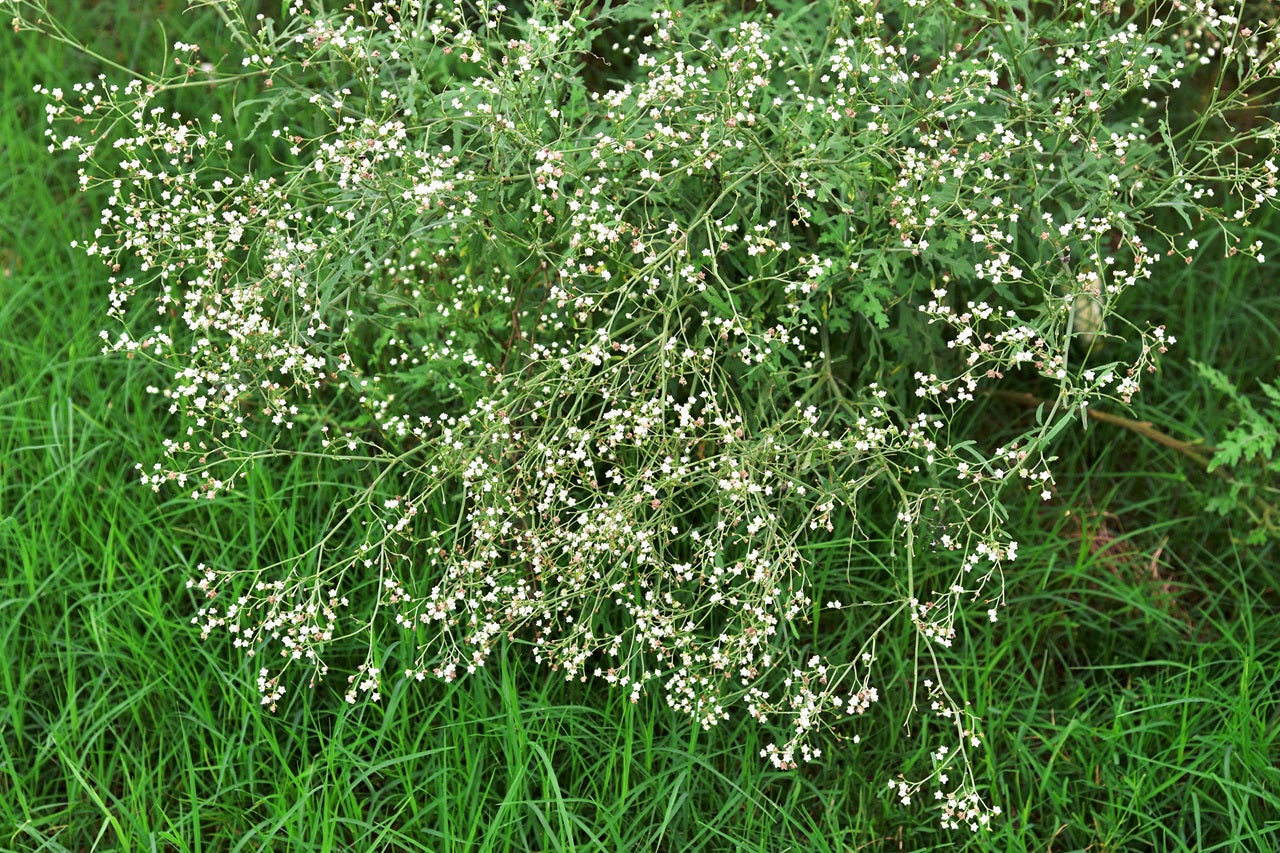
Herbicide Shortages: Impacts on Cropping and Non-Crop Sectors
Herbicide Shortages in Australia: Impacts on Cropping and Non-Crop Sectors
Herbicides are essential tools in Australian agriculture, playing a pivotal role in weed control and ensuring successful crop production. However, recent shortages in critical herbicides like glyphosate, Flupropanate, Clopyralid, and others have sent shockwaves through the agricultural industry. This article explores the reasons behind these shortages and the ripple effects on both the cropping and non-crop sectors.
The Herbicide Shortage Puzzle
- Supply Chain Disruptions
The herbicide industry relies on complex global supply chains. Disruptions at any point along this chain, from raw material production to formulation and distribution, can trigger shortages. Factors like extreme weather events, transport issues, and broader economic influences have all played a role in recent shortages.
- Increased Demand
Growing global demand for agricultural products has put pressure on herbicide production. As more land is brought under cultivation, the need for herbicides has surged, straining supply. These supply shortages drive up costs as primary producers compete for products at a global scale.
- Regulatory Challenges
Regulatory changes or restrictions, including new environmental guidelines, can impact herbicide availability. Compliance with evolving regulations may require changes in production or formulation processes, leading to delays.
The Impact on Cropping
- Yield Reductions
The shortage of critical herbicides can lead to reduced weed control, potentially compromising crop yields. Weeds compete with crops for resources like water, nutrients, and sunlight, and their uncontrolled growth can lead to significant yield losses.
- Financial Strain
Farmers may be forced to switch to more expensive alternatives or apply herbicides less frequently, leading to increased production costs. This can reduce farm profitability and affect long-term sustainability.
- Herbicide Resistance
Reduced availability of certain herbicides may contribute to the development of herbicide-resistant weed populations. When farmers are limited in their herbicide options, the risk of resistance increases, making future weed control even more challenging.
Impact on Non-Crop Sectors
- Reduced Supply for Non-Crop Applications
Shortages of herbicides critical to cropping can disrupt their availability for non-crop sectors. These sectors include forestry, green keeping, ecological restoration and amenity landscape weed control, which also rely on these herbicides.
- Price Increases
The scarcity of herbicides can lead to price spikes. In non-crop sectors, where these herbicides are used for purposes like land reclamation or weed control along infrastructure, higher prices can significantly impact budgets.
- Ecological Consequences
The shortage of certain herbicides can force non-crop sectors to consider alternative, potentially less environmentally friendly weed control methods. This shift can have ecological implications, impacting local ecosystems and biodiversity.
Seeking Solutions
- Diversified Herbicide Use
To mitigate shortages, farmers are encouraged to diversify their herbicide use, rotating between different modes of action and avoiding overreliance on a single product. This strategy can help delay the development of herbicide-resistant weeds.
- Advocacy and Collaboration
Farmers, industry stakeholders, and regulatory authorities must work together to address herbicide shortages. Advocacy for streamlined regulations and support for research into alternative weed control methods can help.
- Improved Supply Chain Resilience
Building more resilient supply chains is critical. This involves identifying vulnerabilities and developing contingency plans to mitigate the impact of disruptions.
- Integrated Vegetation Management
By employing complementary vegetation management practices, land managers can often improve the effectiveness of their herbicide use and reduce their overall consumption, over time.
Herbicide shortages in Australia are a multifaceted challenge with far-reaching consequences for both the cropping and non-crop sectors.
Addressing these shortages requires a collaborative effort, including diversifying herbicide use, integrating complementary land management practices, advocating for regulatory support, and enhancing supply chain resilience. By working together, Australia's agricultural industry can better navigate herbicide shortages and ensure sustainable and productive farming practices.
Additional content
VIEW GWS' ADDITIONAL CONTENT TO LEARN MORE ABOUT THE WEED INDUSTRY

Water pH and the Performance of Weak Acid Herbicides
Weak-acid herbicides must remain in their non-ionised (acid) form to move efficiently through the plant cuticle. When spray water is too alkaline, the herbicide molecule becomes ionised.
Read more
Towards Modern Vegetation Management: Solutions for Australia’s Linear Infrastructure
Understanding the Changing Vegetation Challenge Vegetation management across Australia’s linear infrastructure corridors is becoming increasingly complex. Roads, rail corridors, gas pipelines, elec...
Read more
Case Study: Parthenium Weed Hygiene
Introduction: The Necessity of Weed Hygiene Management Australia’s vast expanses and diverse land uses, from grazing pastures and cropping zones to natural bushland and urban corridors are u...
Read more
